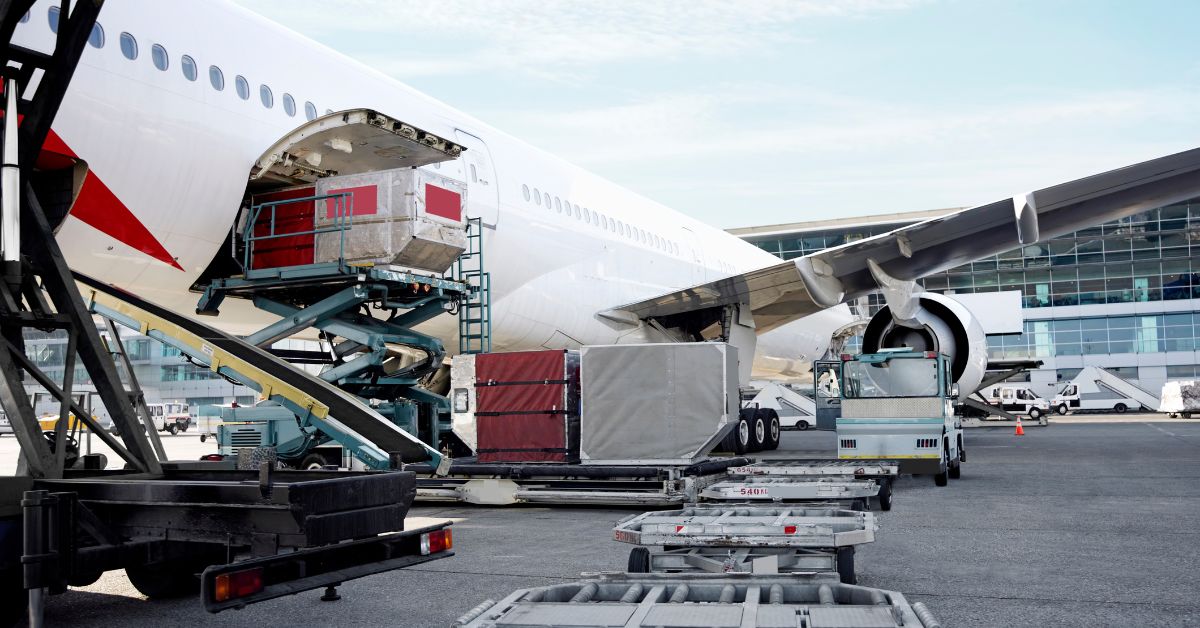Let us see the key points to consider while preparing cargo for carriage in airlines transport:
Table of Contents
- Packing
- Labelling and Marking
- Marking of Packages
- Payment in Cargo for Carriage in Airlines Transport
Packing
The contents of each consignment must be properly packed to withstand all normal transportation incidents.
Furthermore, dangerous goods (hazardous goods) must be packed in accordance with the applicable IATA/ICAO Dangerous Goods Regulations.
Goods must be packaged in such a way that they will not deteriorate or damage other goods during transportation.
They must, furthermore, be packaged to ensure safe transportation with ordinary care in handling.
Each package or piece of property must be legibly and durably marked, to identify the name and full address of the shipper and the consignee.
Labelling and Marking
The labeling and marking of packages is a very important factor in the preparation of an air freight shipment.
The risk of a split shipment is so much higher with air freight than with any other mode of transport, because package weight is such a vital factor for aircraft loading, overall weight and balance.
The size of the aircraft hold or of the container (ULD) can also cause a shipment to be split during loading.
Likewise, a few extra (unexpected) passengers with extra luggage on an aircraft can mean that some of the cargo has to be pulled out at the last minute (after those extra passengers have already boarded the plane) to readjust the permitted take-off weight for the aircraft.
These examples of how cargo may potentially be split show the necessity of labelling each package clearly and legibly.
A label similar to the one below (although perhaps differently configured) is recommended by the carriers.
Note that the weight may be shown in either LB or KG.
“Transfer Station(s)” are any airport(s) through which the shipment may have to pass en route to its final destination.
| AWB: |
| DESTINATION: |
| TOTAL NO OF PIECES: |
| WEIGHT THIS PIECE: |
| TOTAL WEIGHT THIS CONSIGNMENT: |
| TRANSFER STATIONS(S): |
| HANDLING INFORMATION: |
| HAWB NO: |
Marking of Packages
All packages in every consignment must be marked in one of the two following ways:
- EITHER all the packages show the same consignee’s name, street and city address as on the air waybill OR
- This information is shown on one or more of the packages, if all other packages are suitably identified as being part of that consignment.
The appropriate labels must also be attached next to the consignee’s address.
If commodities require special handling or stowage, the packaging should be so marked.
Examples of internationally recognized pictographs for such markings are below.

Payment in Cargo for Carriage in Airlines Transport
Unless otherwise arranged, charges are payable by the shipper (i.e., “charges prepaid”).
A consignment may be accepted “charges collect” (i.e., payable by the consignee), provided the following conditions are fulfilled:
The consignee is not the same as the shipper, nor a government agency (except when shipped by a government agency presenting proper credentials).
The consignment does not consist of or contain:
- Human remains
- Live animals (including birds, fish, insects, livestock, pets, and shellfish)
- Perishables (discretionary by airline)
- Personal effects or household goods used and not for resale
- Newspapers or stuffed trophy fish (discretionary by airline)
In addition, when:
- The resale value of the goods is not less than the charges to be collected
- Currency regulations of the country of destination and of the delivering carrier do permit collection of charges from the consignee

